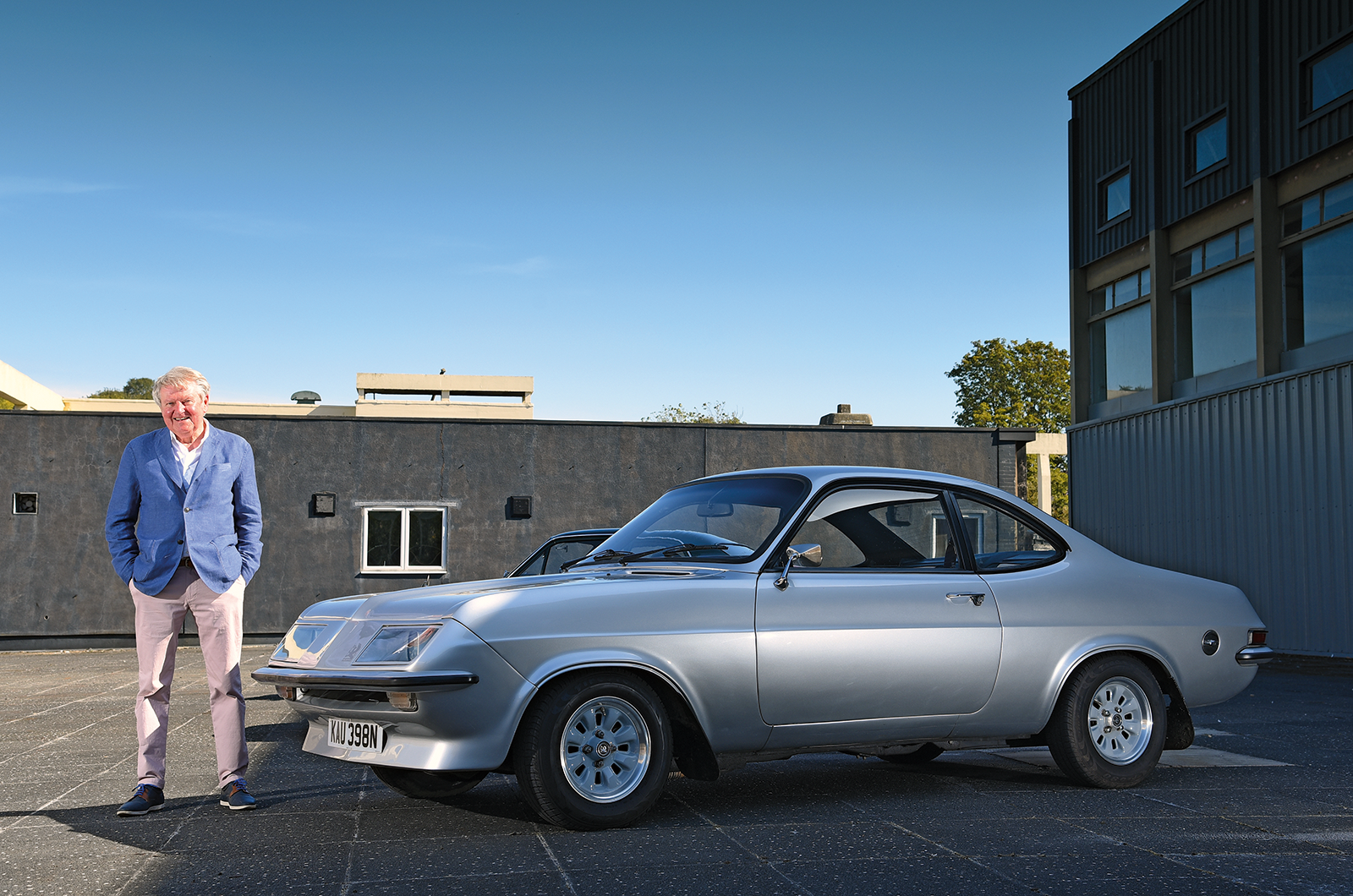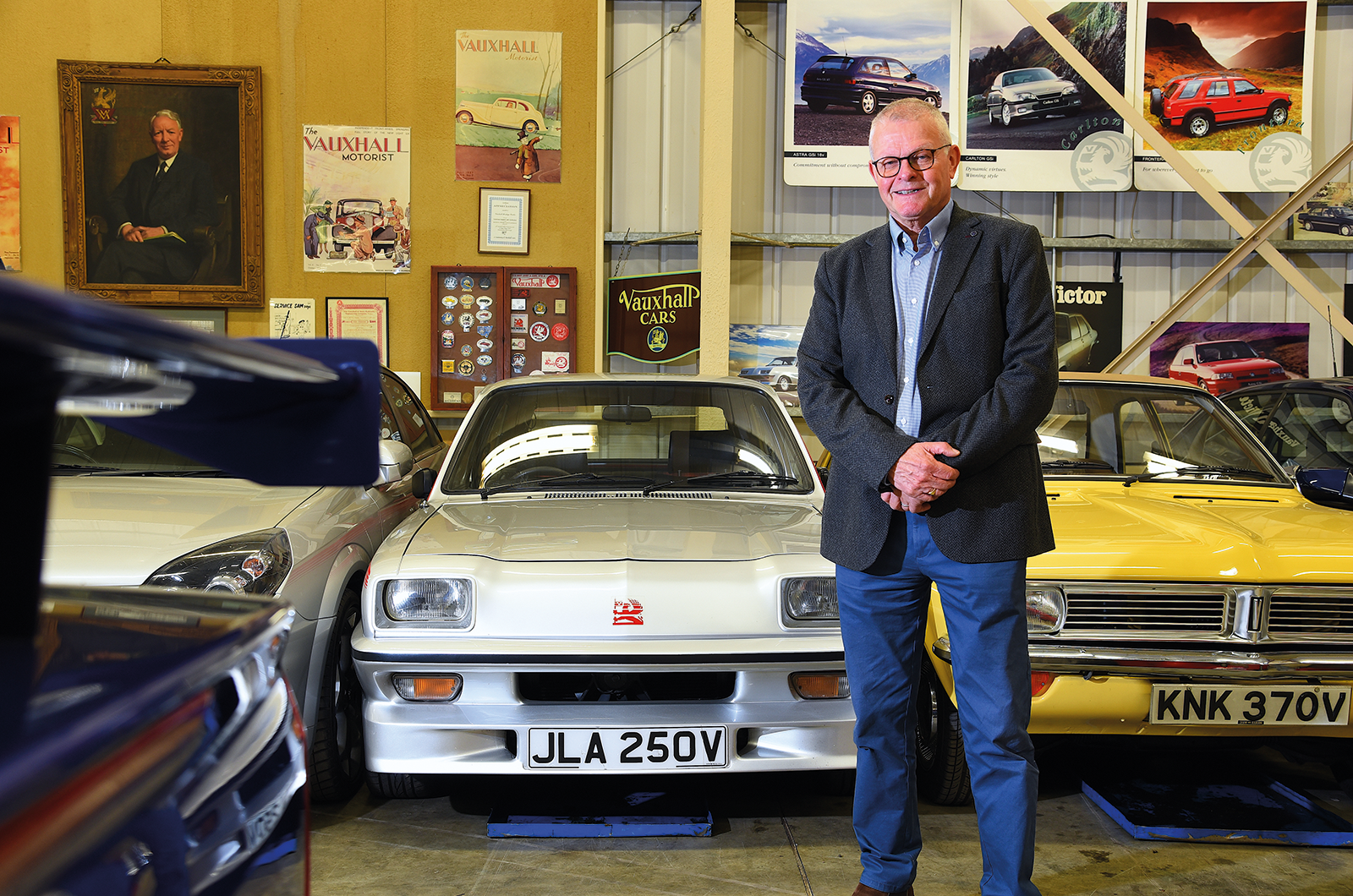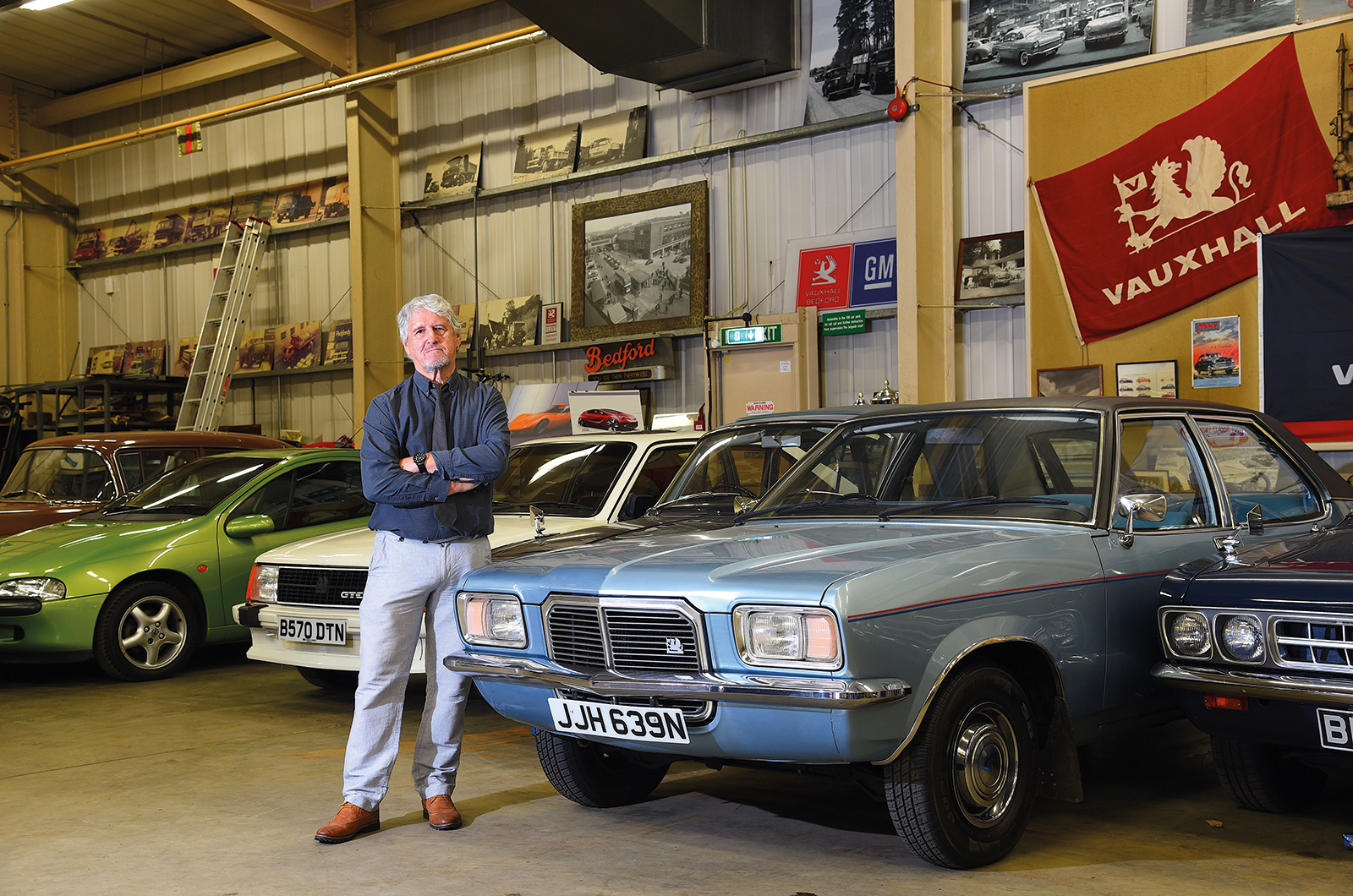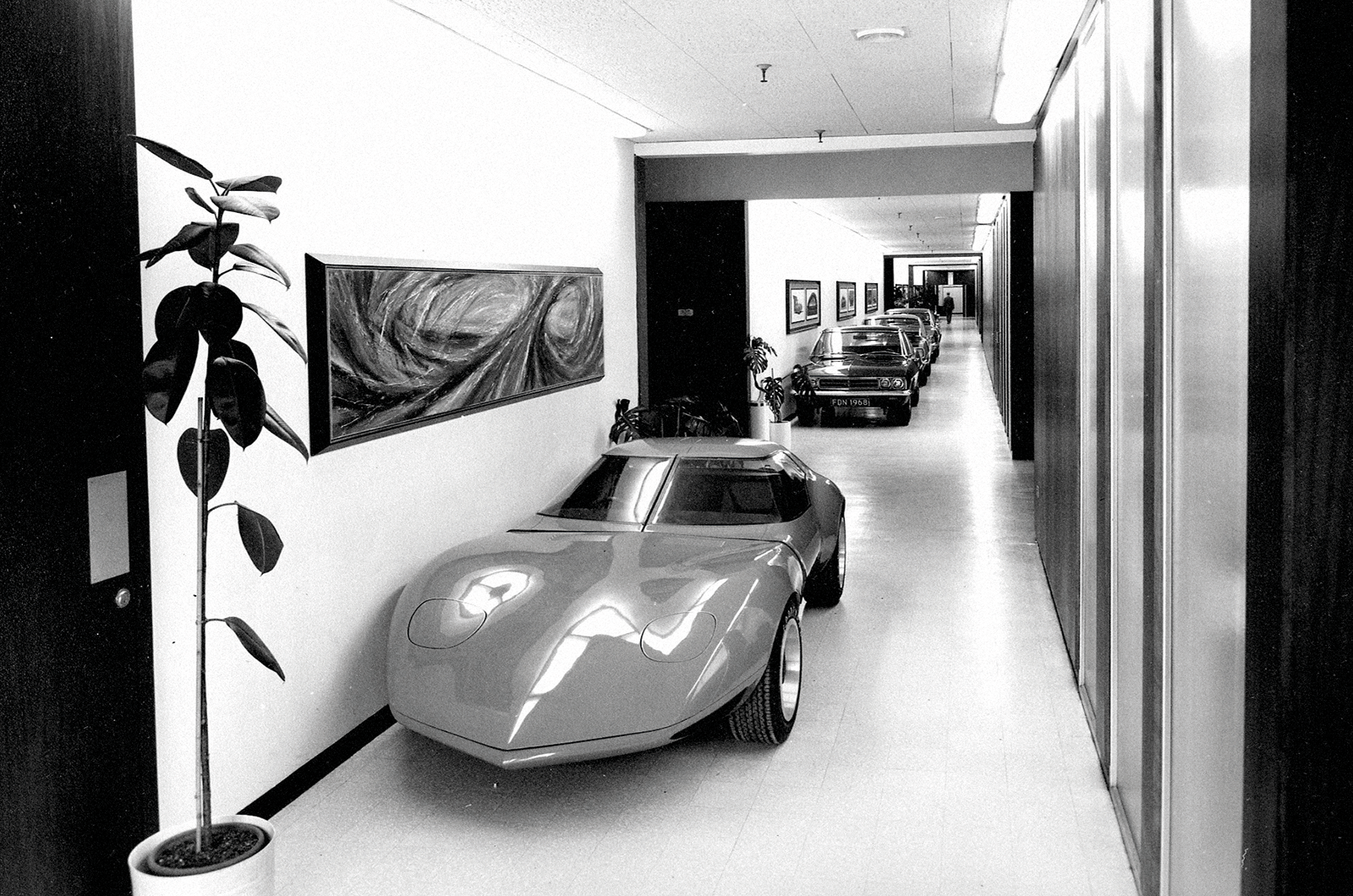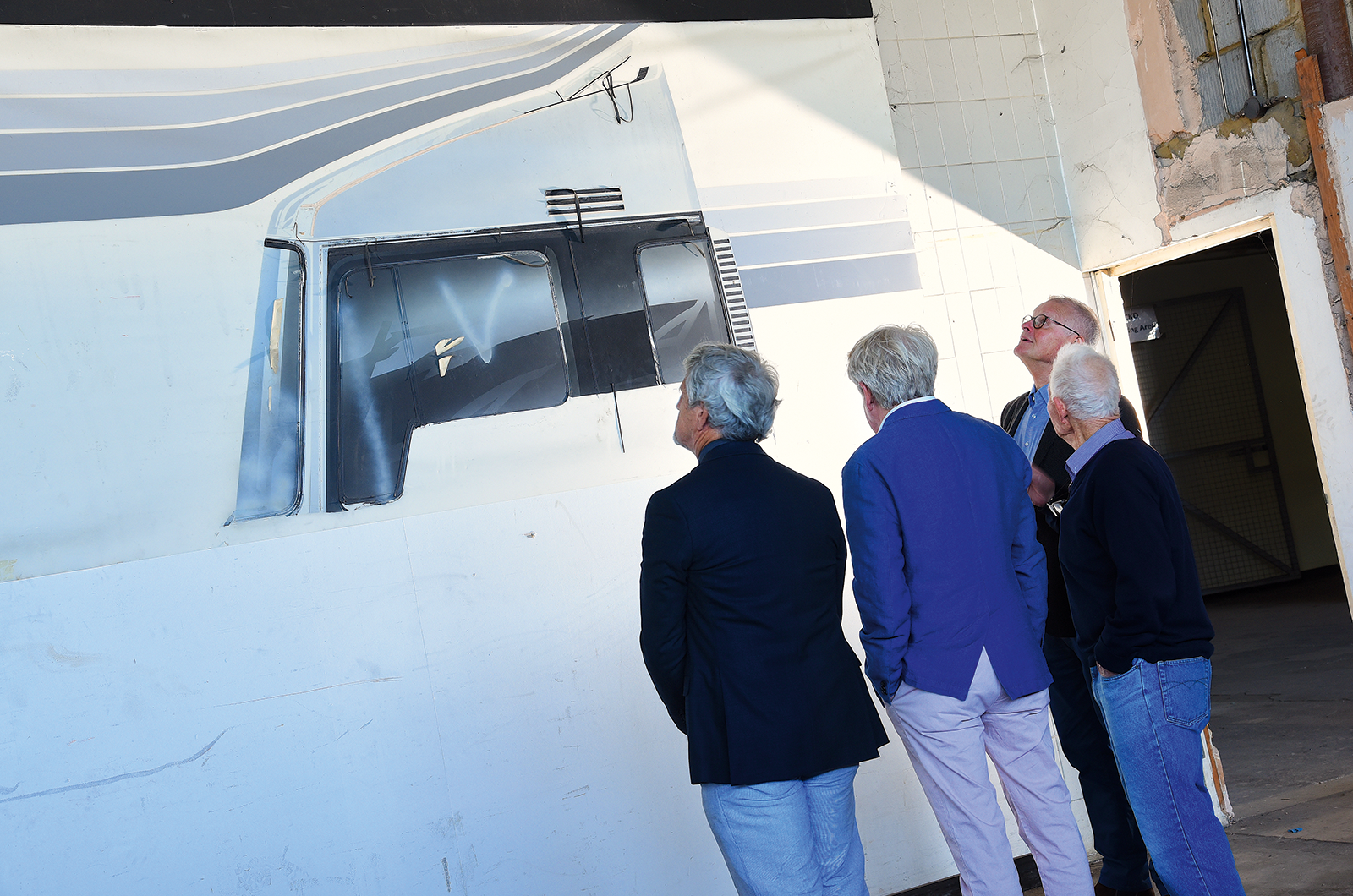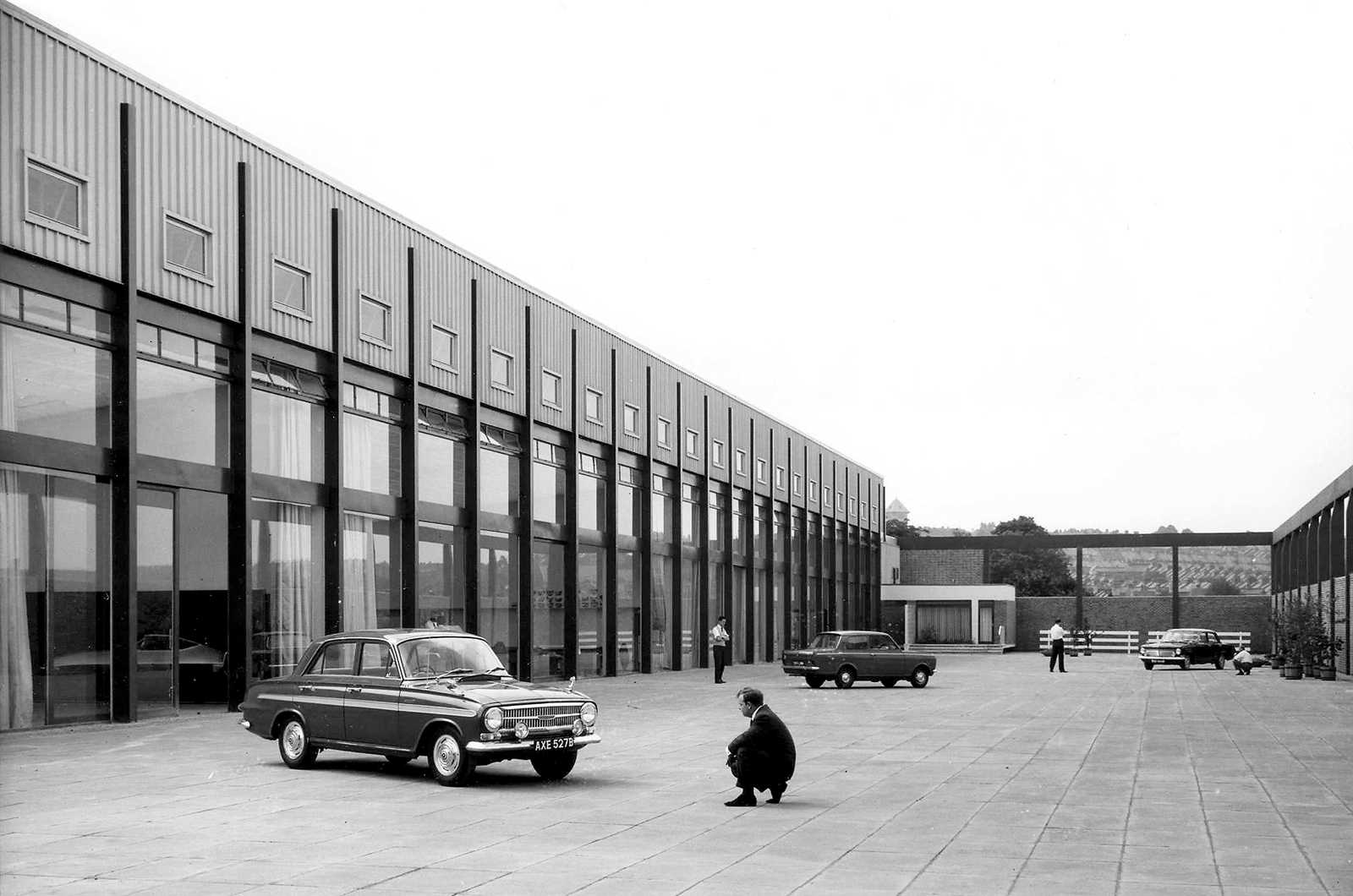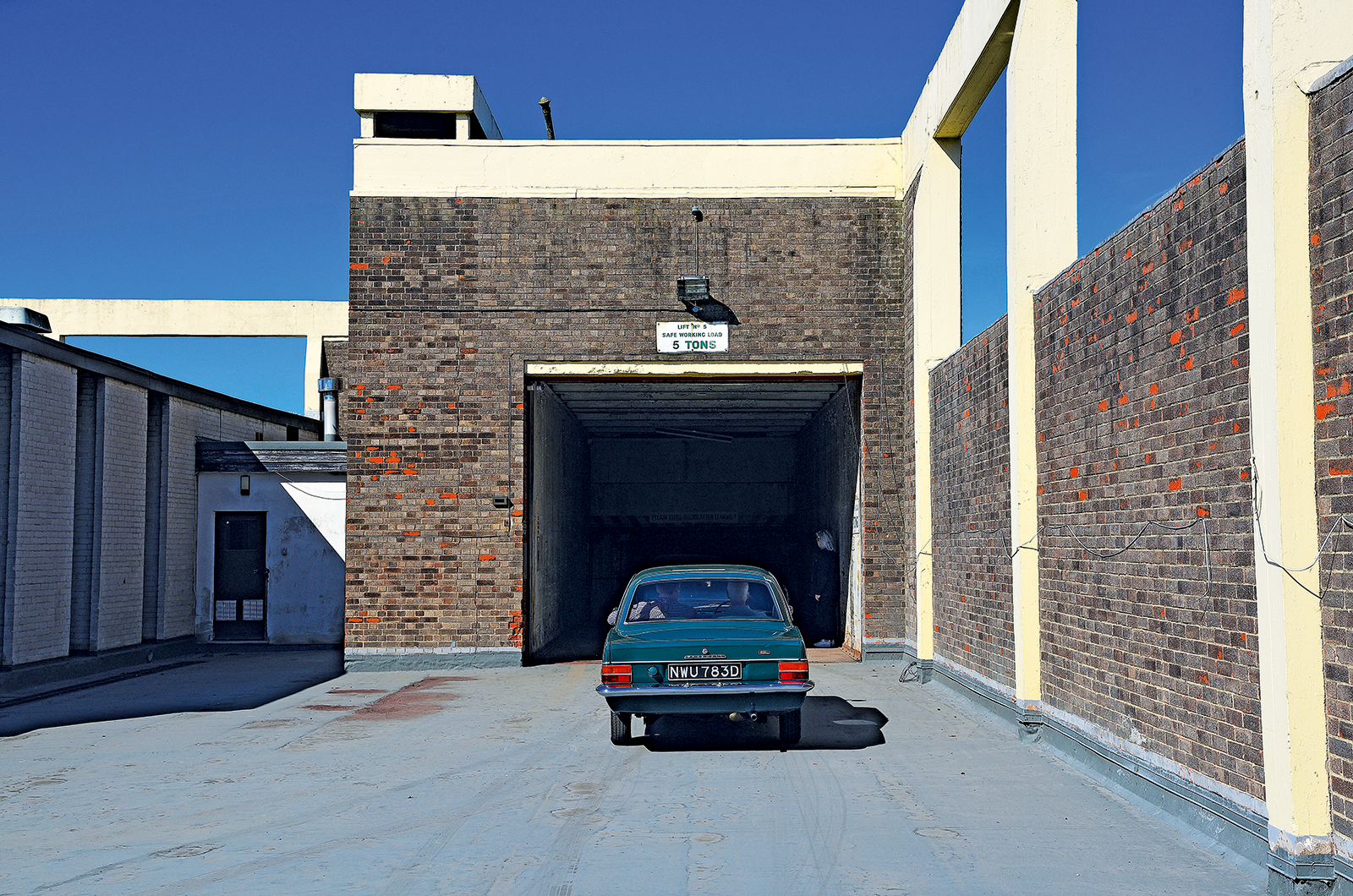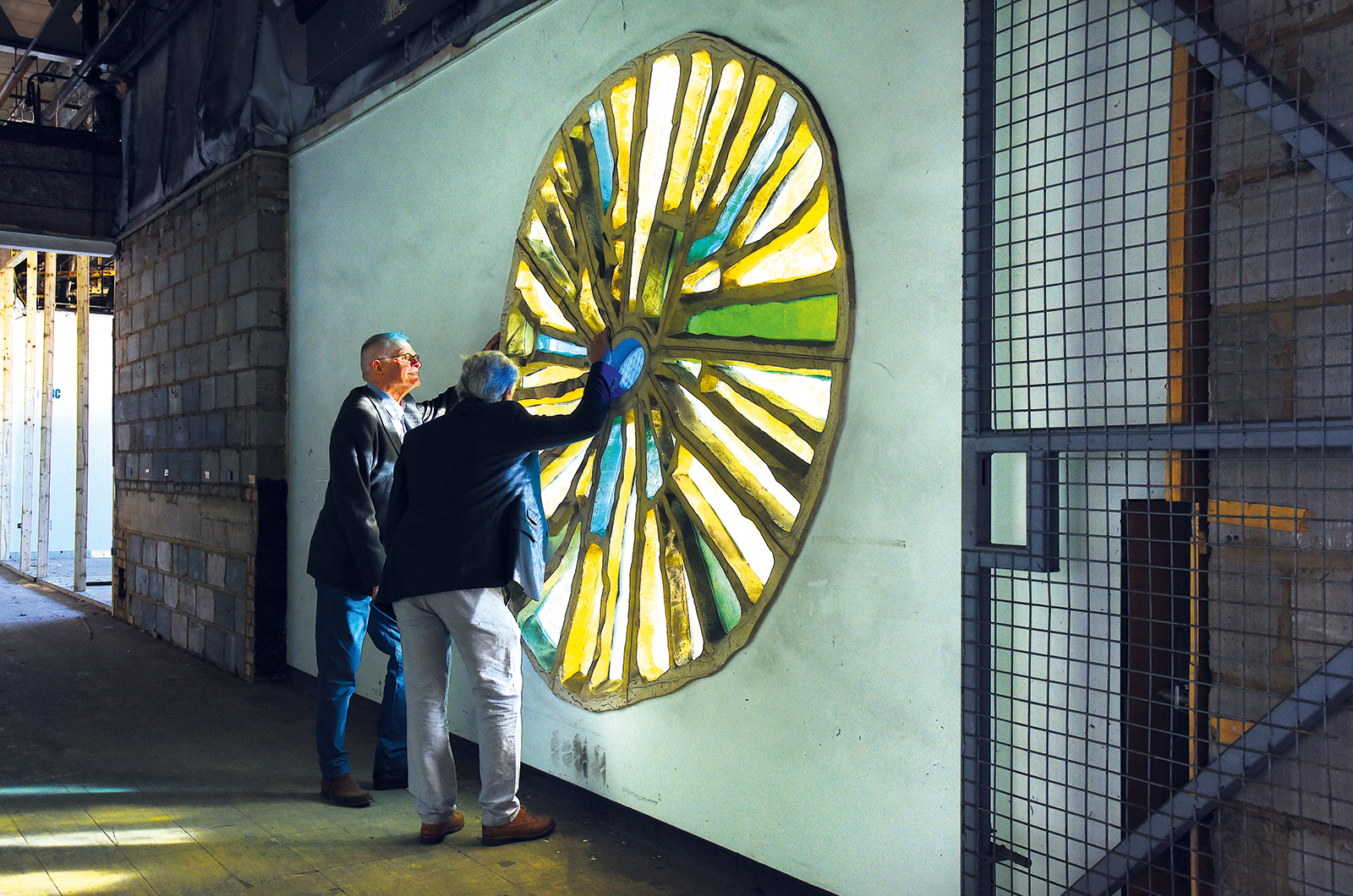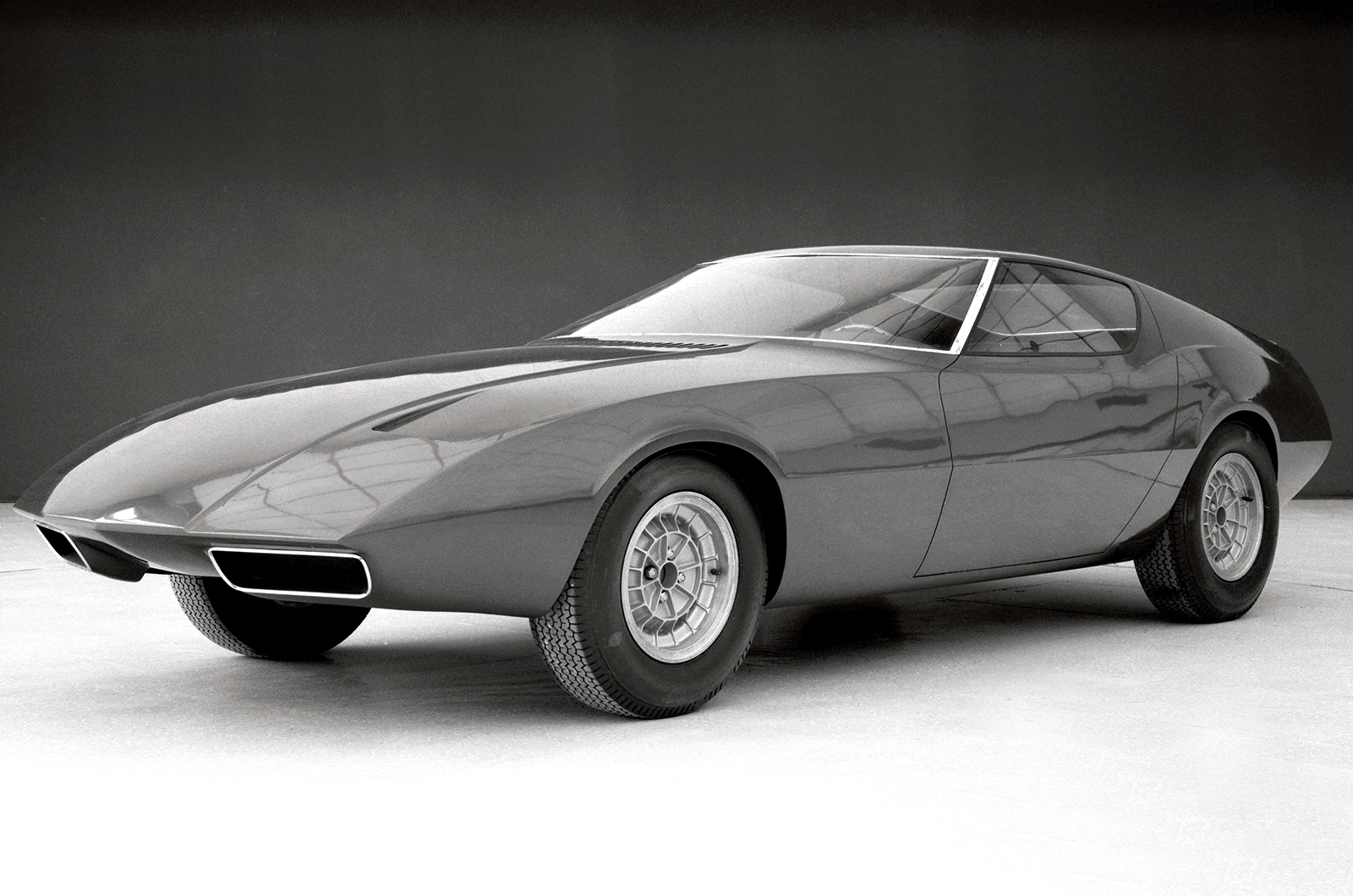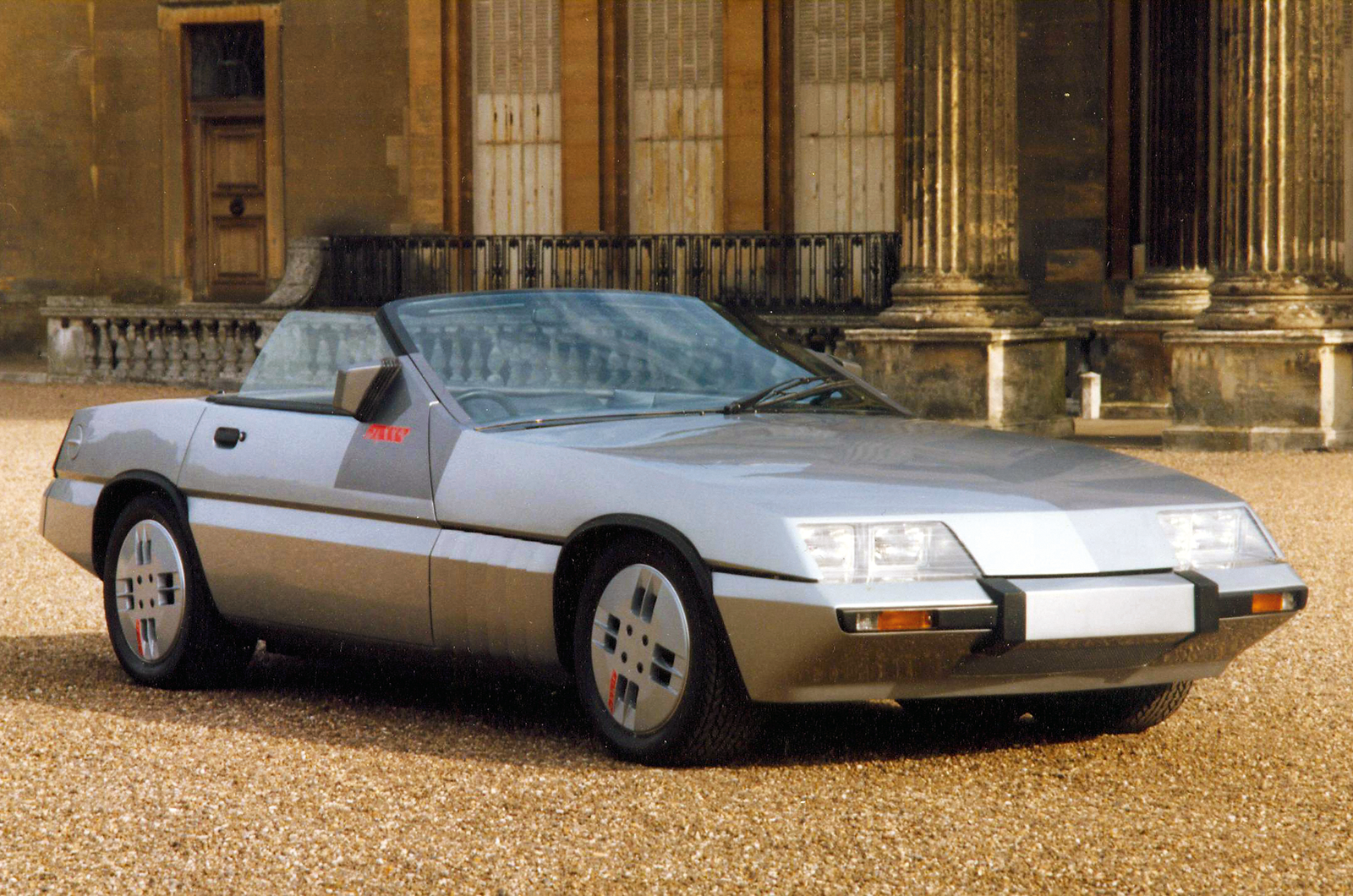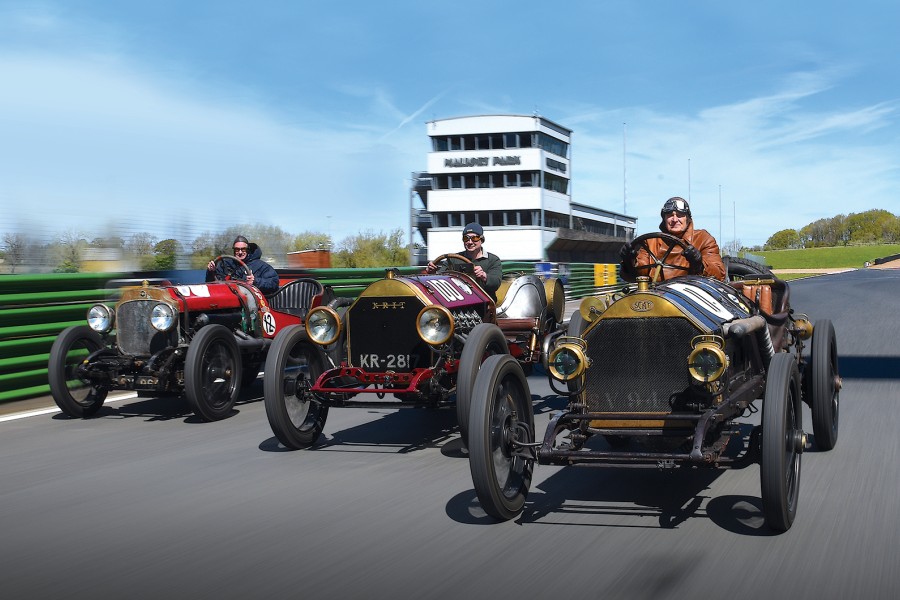
When Vauxhall Motors moved out of Griffin House in May 2019, its headquarters for more than half a century on the outskirts of Luton, it left behind much more than mere memories.
The building contained the remains of one of the world’s finest and most productive car design studios of the 1960s and ’70s, major elements of which were still in remarkably good condition.
This venerable building, built specifically for the creation of cars, was commissioned at the end of 1964 as the Vauxhall Engineering and Styling Centre (known internally, less romantically, as AJ-Block).
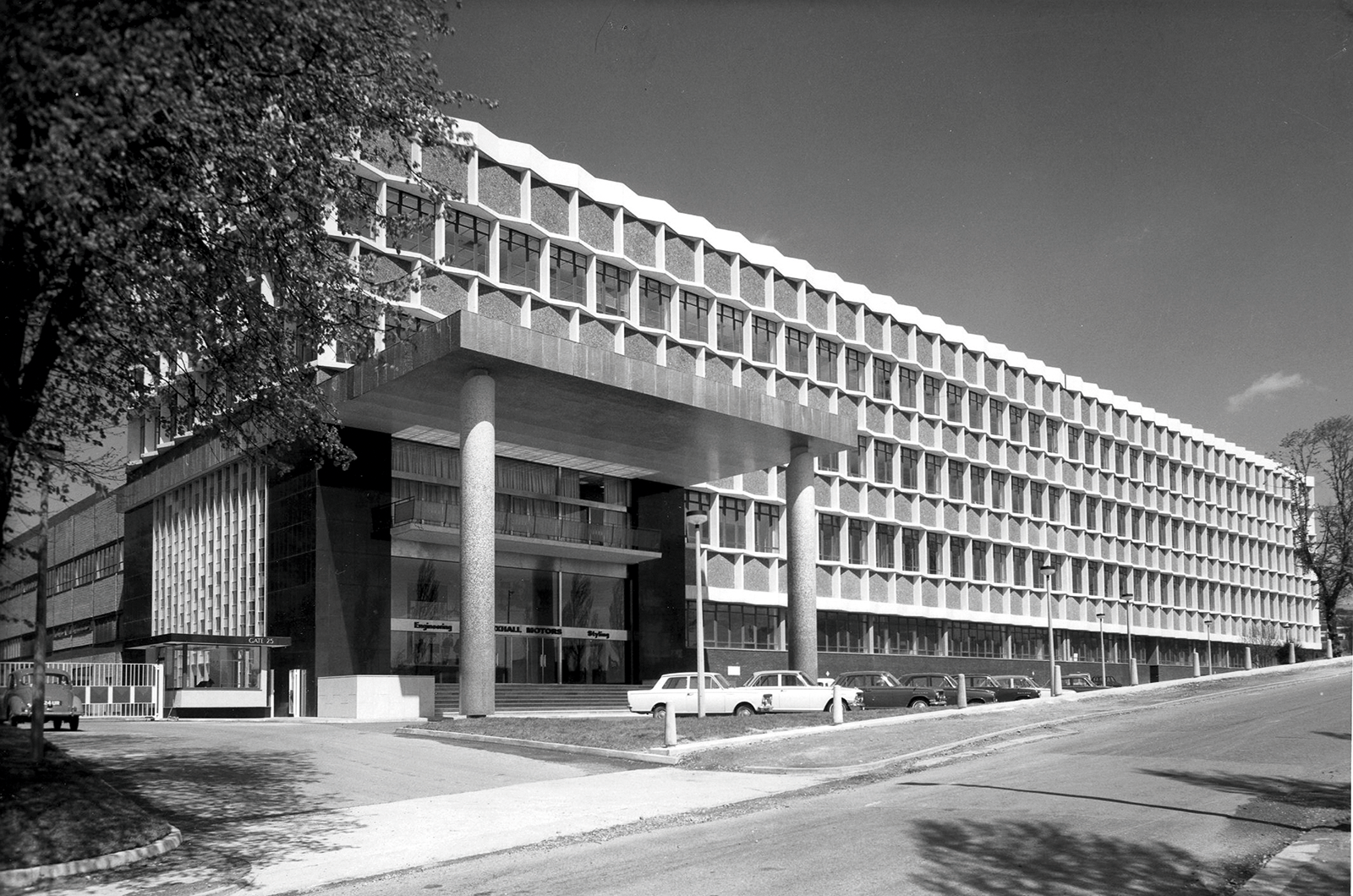


Clockwise from top: the Osborne Road main entrance to AJ-Block, later renamed Griffin House; new HA Vivas with the £2.5m AJ-Block being built behind, Director David Jones on the left; Vauxhall’s HQ

